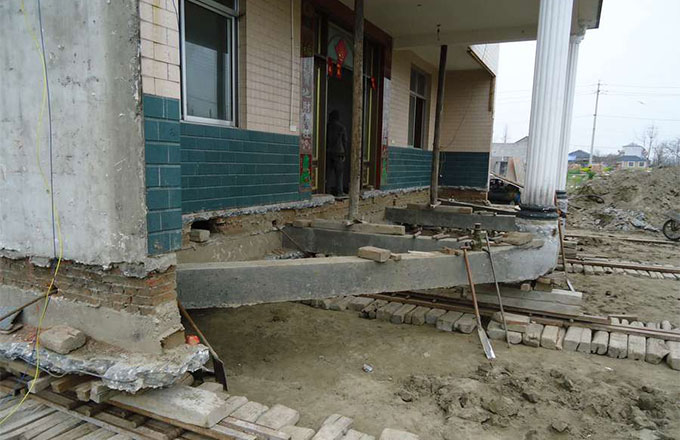Nuclear monitoring stations to triple
China to become second-largest worldwide for installed capacity
China will more than triple the number of stations monitoring atmospheric radiation levels nationwide by 2020 as part of a nuclear energy security plan, a senior official from China's nuclear energy security authority said on Thursday.
"We plan to build another 135 auto-monitoring stations this year in a bid to gradually improve the network and strengthen the monitoring capacity in nuclear energy security," said Guo Chengzhan, head of nuclear and radiation security management at the Ministry of Environmental Protection.
The country currently has 161 stations, and the number will be increased to 500 to create a comprehensive network covering all major cities in China as well as ports in border regions, according to the ministry.
The move is also aimed at ensuring that China receives accurate and timely data on the possible influence of neighboring countries on radiation levels.
The stations now in place release hourly data for major cities and areas near nuclear power plants to the public via the National Radiation Environmental Data Evaluation System website.
Guo spoke at a news conference in Beijing to introduce the overall plan on nuclear security and radiation pollution prevention and controls for the 13th Five-Year Plan (2016-20) period, as well as targets for 2025.
According to the plan, all nuclear reactors in operation and under construction will have improved security by 2020, and the emergency response system will be smoother and stronger.
By 2025, the overall security level of all nuclear facilities will reach the advanced world standard, radiation will be at a good level, and China will have modern systems on security monitoring and management.
The plan envisions having 58 gigawatts of nuclear power capacity by 2020 and at least 30 GW under construction, which would make China the second-largest country, behind the United States, in terms of installed nuclear capacity, said Shi Lishan, deputy director of nuclear power at the National Energy Administration.
Nuclear power currently contributes about 2 percent of China's electricity, data from the China Electricity Council shows.
In addition to the strengthened monitoring capacity, the plan listed nine other major tasks to guarantee security in the growing nuclear energy industry, including speeding up the treatment of radioactive waste.
China plans to build five disposal sites to deal with waste with low and intermediate levels of radioactivity, and two to three sites for those with high levels, said Kang Yufeng, a senior nuclear energy official with the environmental ministry.
"We have conducted research in locating such fields for high-level radioactive waste and have some candidates," he said, adding that the sites will be buried 500 to 1,000 meters below ground, with a stable geological structure and far from residents.

























